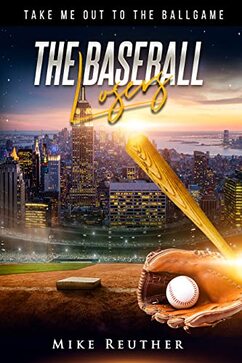
“What is it about baseball?” Zaun Boyer wonders aloud to his pious friend, Mars McManus.
“It gets into your soul, like religion,” Mars responds.
Passionate baseball fans understand this. And so does author Mike Reuther, whose latest work of fiction plumbs the depths of baseball fans’ despair as they try to confront other personal, more serious life issues.
In The Baseball Losers: Take Me Out to the Ballgame, Reuther follows Zaun and Mars as they decide to follow the New York Mets, on the brink of clinching the National League East in 2007, for the final two weeks of the season, taking in games at Shea Stadium and in Washington, D.C.
As any Mets fan can tell you, New York went into a tailspin, going 5-12 the rest of the way to finish the season one game behind the Philadelphia Phillies, who had a 13-4 finish. It was an utter collapse that ranks with the 1964 Phillies’ fold and the implosion of the 1978 Boston Red Sox.
Zaun and Mars have their own personal issues to worry about. Zaun’s marriage is falling apart, while Mars goes from ramrod straight to “sneaky and duplicitous” by the end of the two-week adventure.
I kept thinking of Gregg Zaun — who never played for the Mets — throughout the book, only because “Zaun” was the main character who gives a first-person account of the two-week odyssey with the Mets.
But Zaun Boyer has issues. Like Reuther, he is a newspaper reporter. Reuther is a longtime reporter for the Williamsport Sun Gazette who honed his reporting chops by writing about sports, politics, health and local government.
And, as is typical in Reuther’s narratives, Zaun carries an awful lot of emotional baggage and is way too serious.
The main characters in Reuther’s books usually have a sidekick who can provide comic relief. In The Baseball Losers, Mars is not that guy.
The comedy comes from a fan the two friends meet at Shea Stadium. Jimbo sits one row behind them and really, really enjoys eating. He has a basement full of Mets memorabilia and a mother who believes he is a never-do-well guy wasting his life away.
The gregarious and aggressive Jimbo invites himself to travel with Zaun and Mars to Washington to watch a three-game series with the Nationals.

“You shut up, Gil,” his wife says. “Curse you. And you too Zaun and your damn New York Mets team as well.”
Well, baseball fans are superstitious, so this did not bode well for Zaun — or the Mets. One can almost see members of the 1969 Cubs, who were spooked by a black cat that paraded in front of their dugout during a crucial series with the Mets, smirking with delight.
There is a little bit of irony in this marital spat, since Reuther is “long-suffering” Mets fan.
Reuther’s works definitely have an ironic twist, and the focus is always on baseball. In his 2017 work, Pitching for Sanity: A Nervous Man’s Journey, a former hotshot American Legion pitcher faces anxiety and uncertainty as he reaches middle age.
Baseball Dreams, Fishing Magic: One Man’s Trip Through This Crazy Thing Called Life, published in 2014, combines baseball with another one of Reuther’s passions — fly fishing.
Nothing Down is about Homer Newbody, a pitcher who loves baseball so much that he was willing to play for free. Return to Dead City, Reuther’s 2011 debut, is a crime drama that features a world-weary main character who battles alcoholism and tries to solve a murder involving a minor league Mets player.
But before you get depressed, understand that Reuther can inject some humor into his narratives.
In one scene of The Baseball Losers, Zaun is paying his respects at the funeral of Mars’ father. He watches his friend walk up to his father’s casket, grin and place a Mets cap on the dead man’s head.
“Dad was a Yankees fan, you know,” Mars whispers to his friend.
The sweetest revenge for a Mets fan.
Reuther brings back the pain for Mets fans, as their losses are the backdrop for the book’s main characters. Without giving away the ending, it appears that the only person who is truly happy at the end of The Baseball Losers is Jimbo, who cleans up his appearance, stops drinking and swears off fast food. Mars is accused by “the woman of his dreams” of stalking her, and during the Mets’ season finale — they did not have tickets but sneaked past security — he has a meltdown in the stands, which leads to him and Zaun getting tossed from Shea Stadium.
“People tie themselves to ballclub in ridiculous way,” Zaun notes in the book’s prologue. “For whatever reason.”
Zaun’s character is morose throughout The Baseball Losers. When he finally reconnects with his wife at a bar and grill in their hometown of Niles, Pennsylvania, he is startled to find Mars sitting across from her in deep conversation.
“The good Catholic, my buddy, trying to do the right thing,” Zaun tells his wife.
Despite this awkward exchange, perhaps there is a glimmer of hope for Zaun and his wife to stay together. Reuther alludes to the future in the book’s final chapter, although the narrative does come to an abrupt halt.
The Baseball Losers is a sobering look at life’s struggles, and how a diversion like baseball could calm life’s anxieties. That did not happen in the case of the 2007 Mets, as sports mirrored life’s disappointments.
The main characters in The Baseball Losers have flaws and are not particularly lovable (except perhaps for Jimbo), but as usual, Reuther excels in his character development and tells an interesting story.
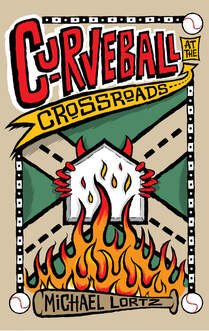
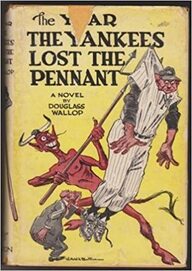
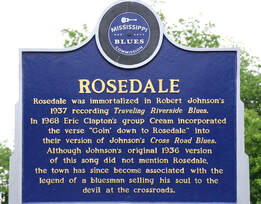
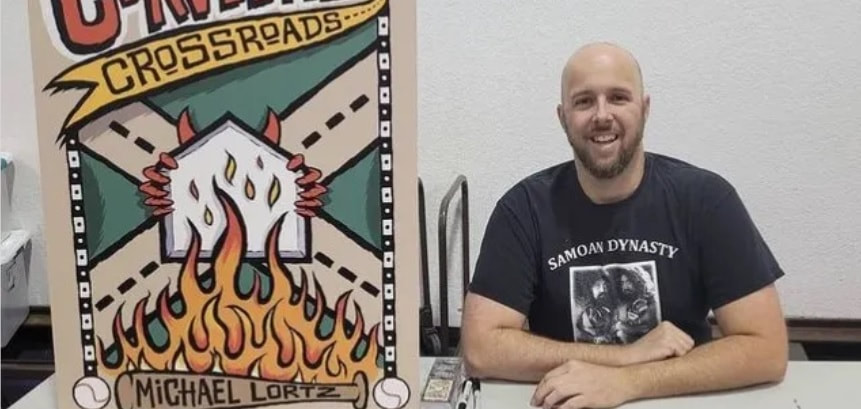
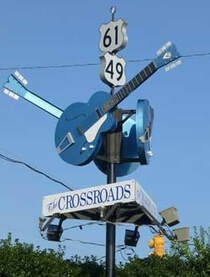
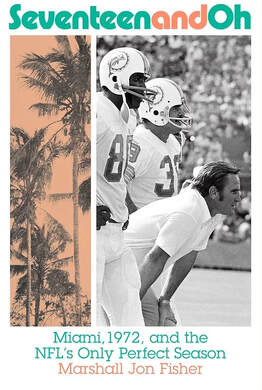
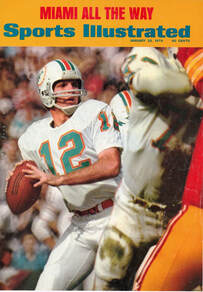
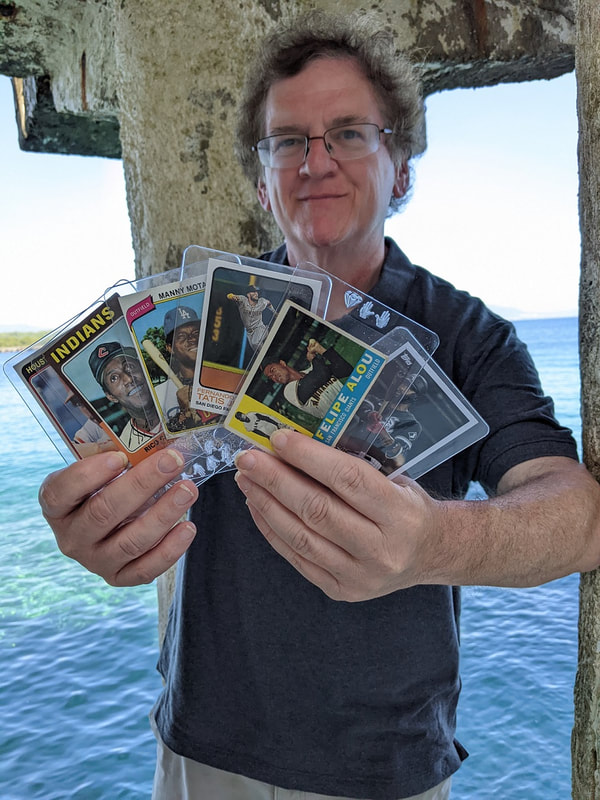
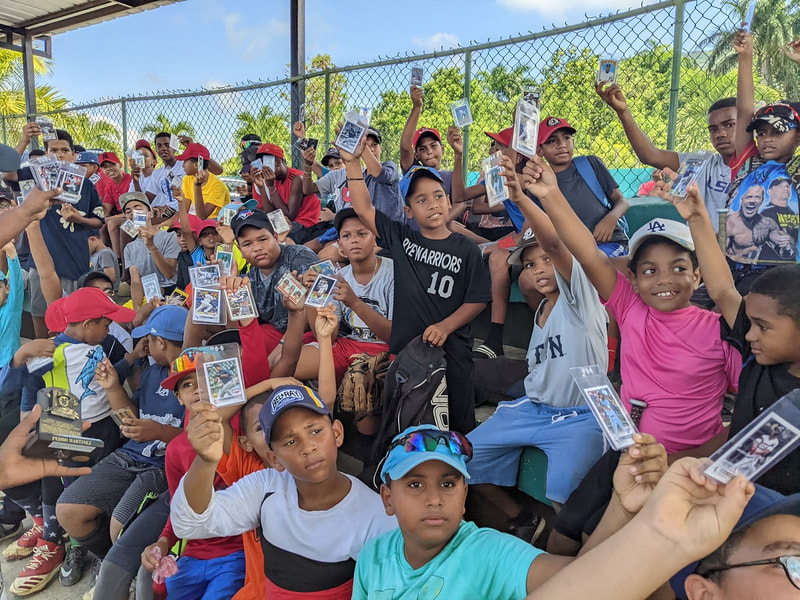
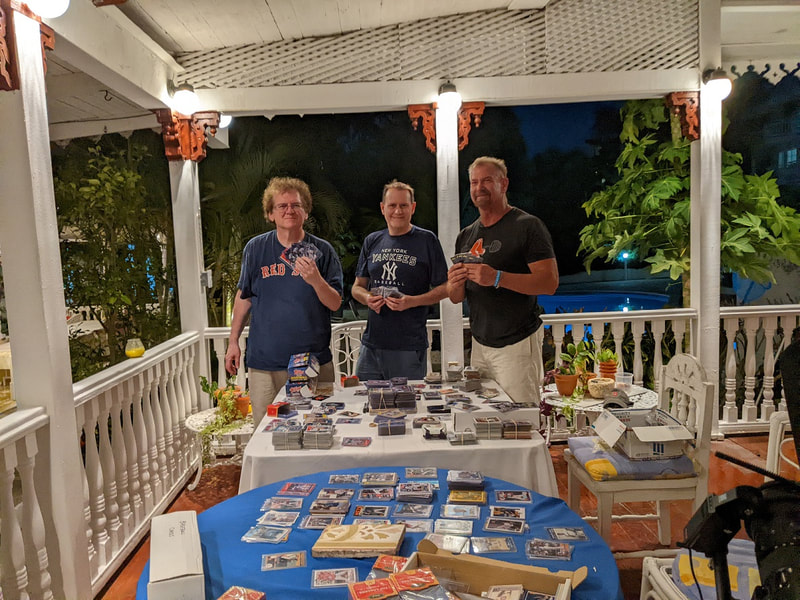
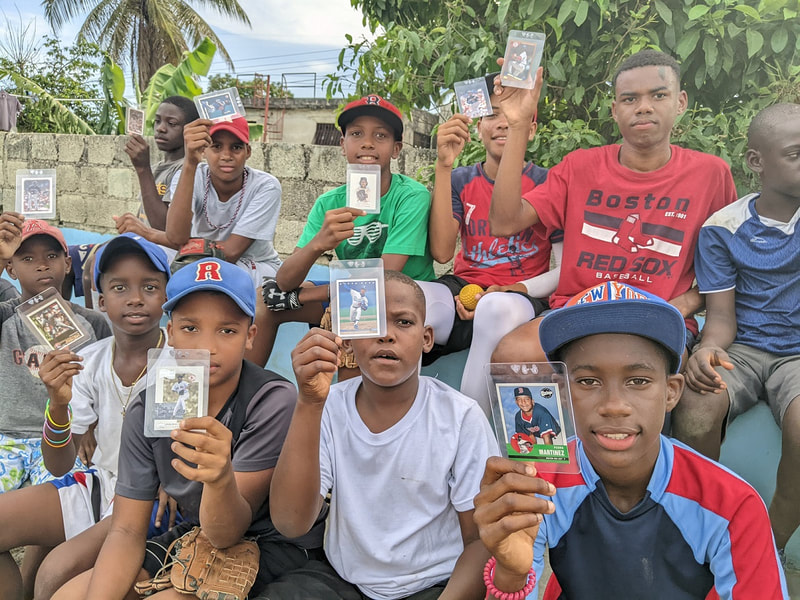
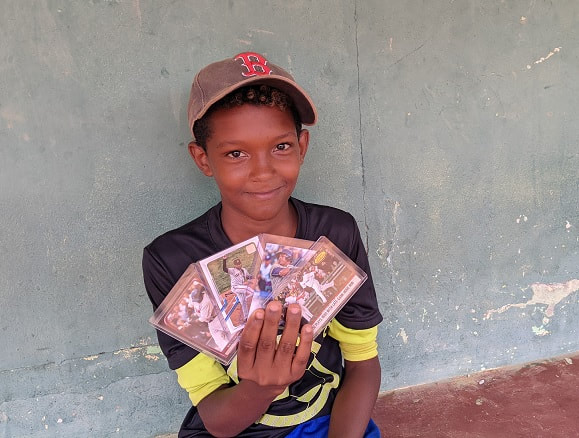
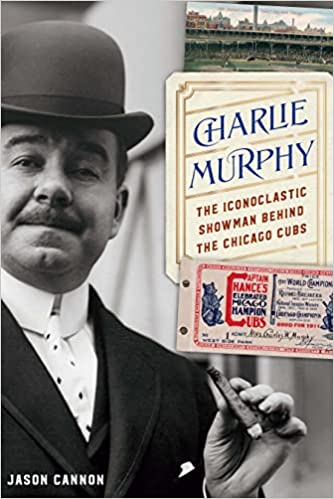
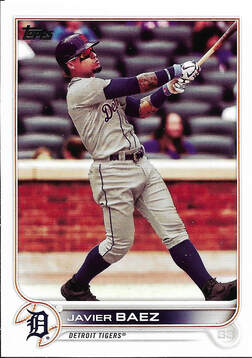
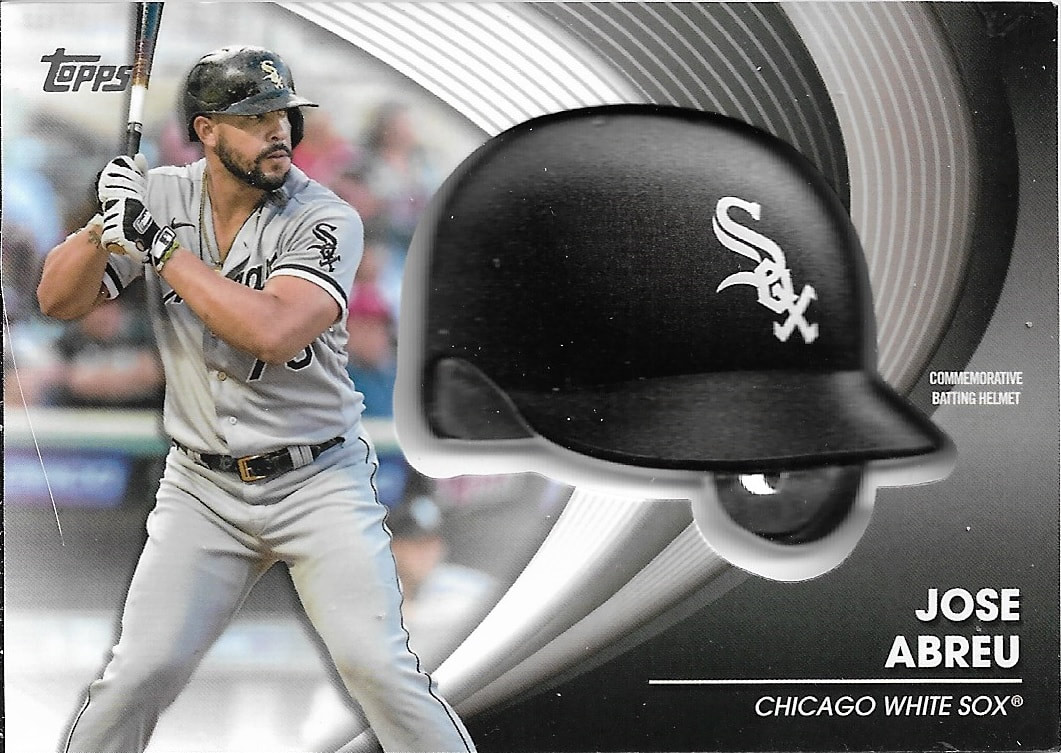
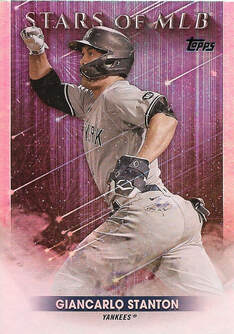
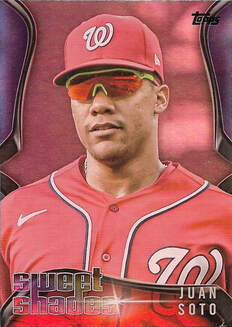
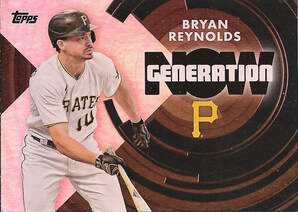
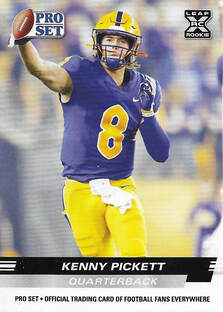

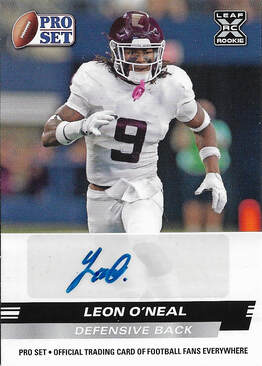
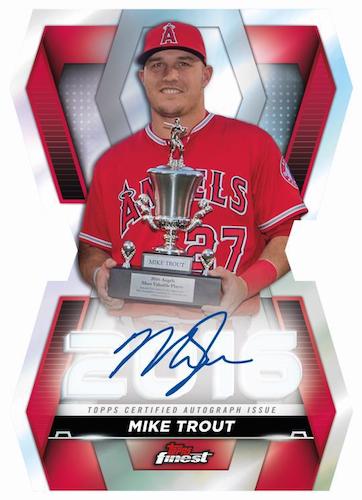
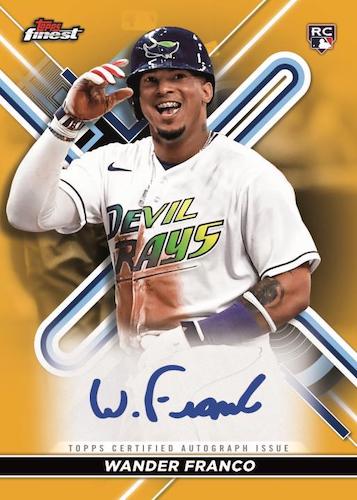
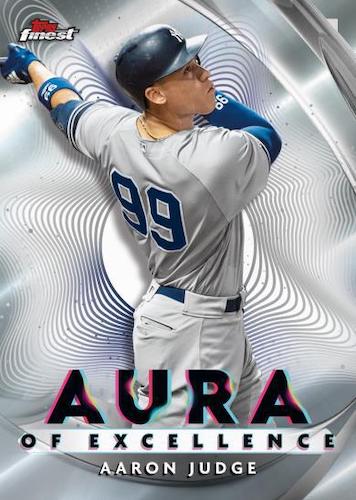
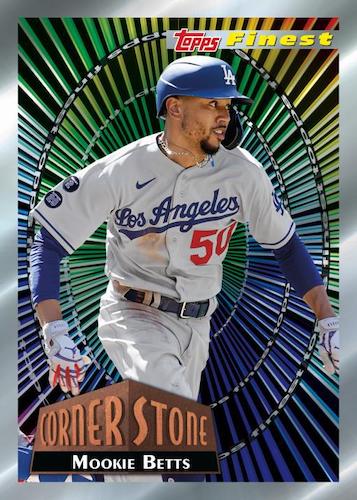
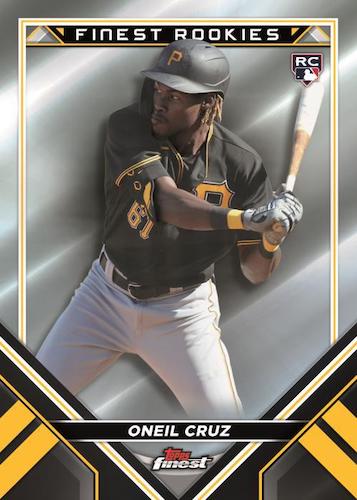
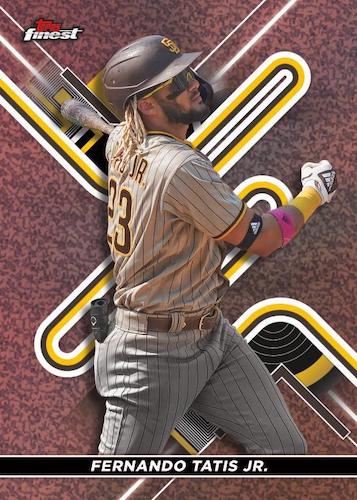
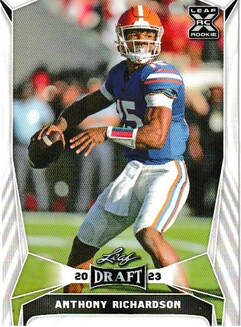
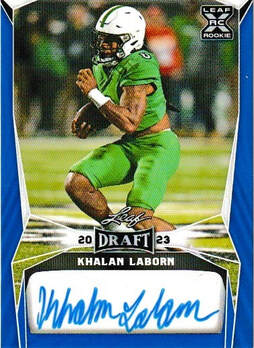
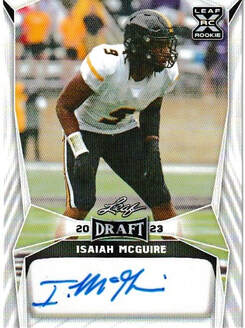
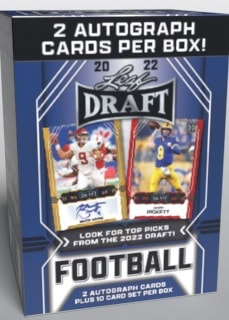
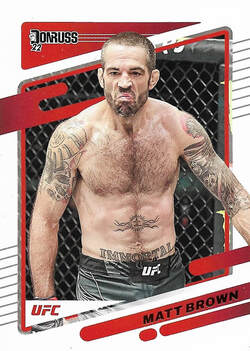
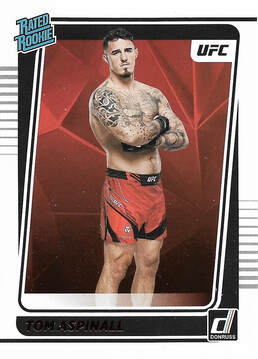
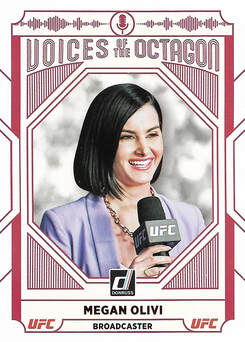
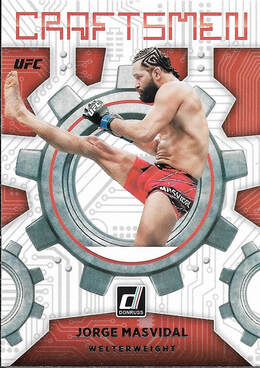
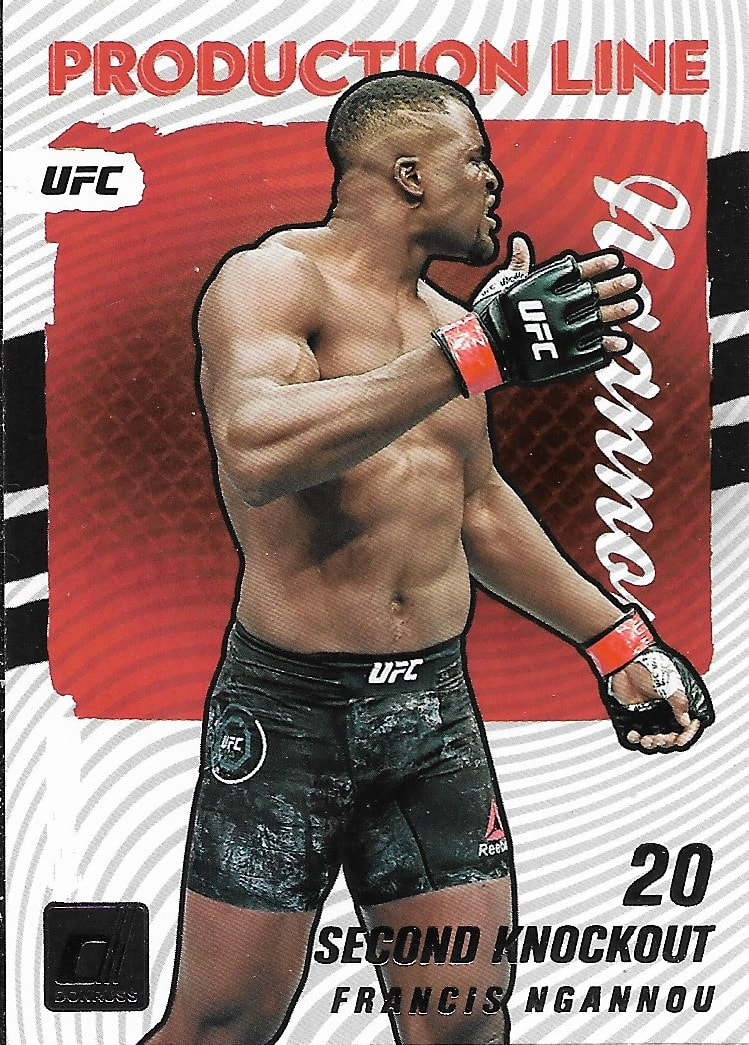
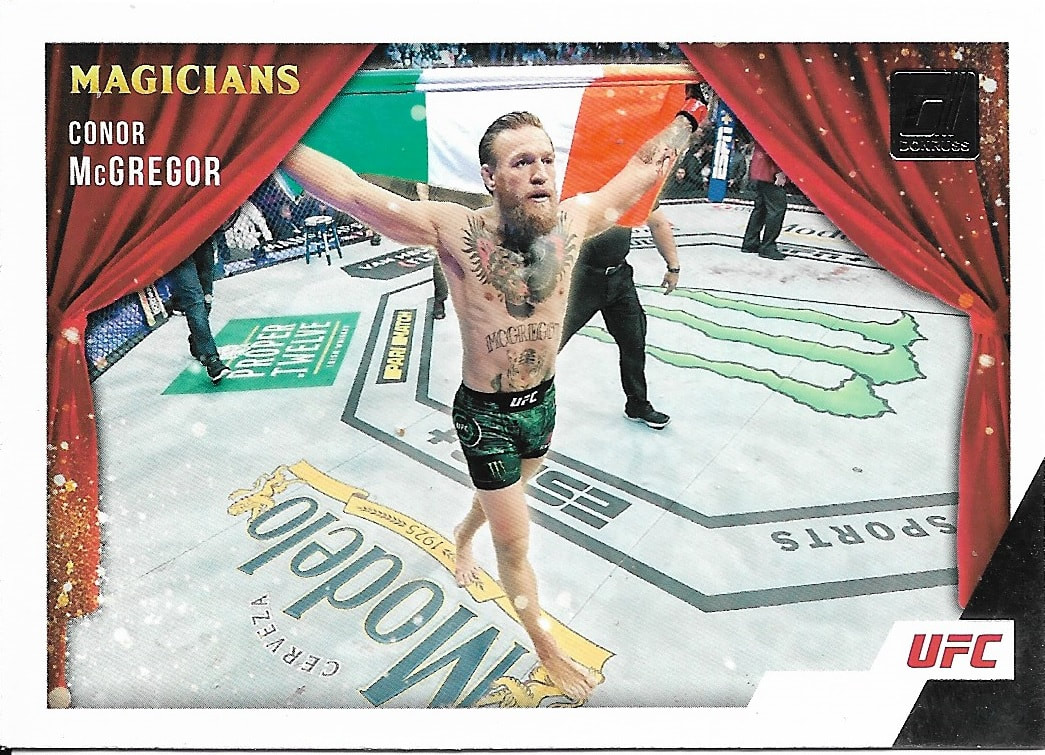
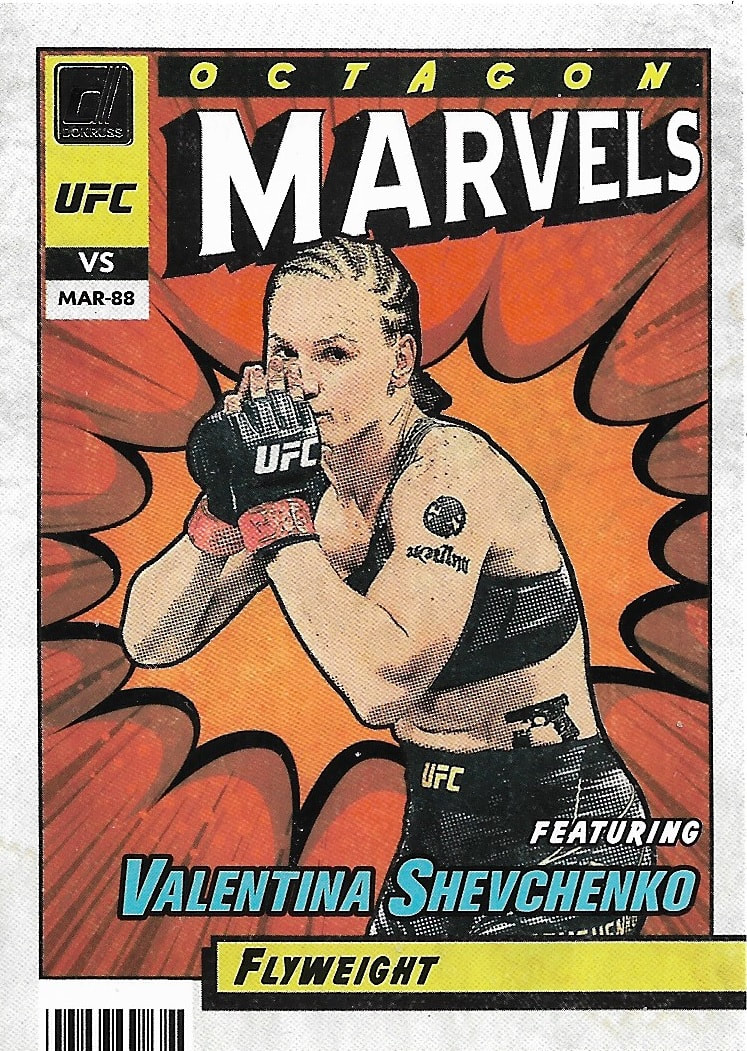
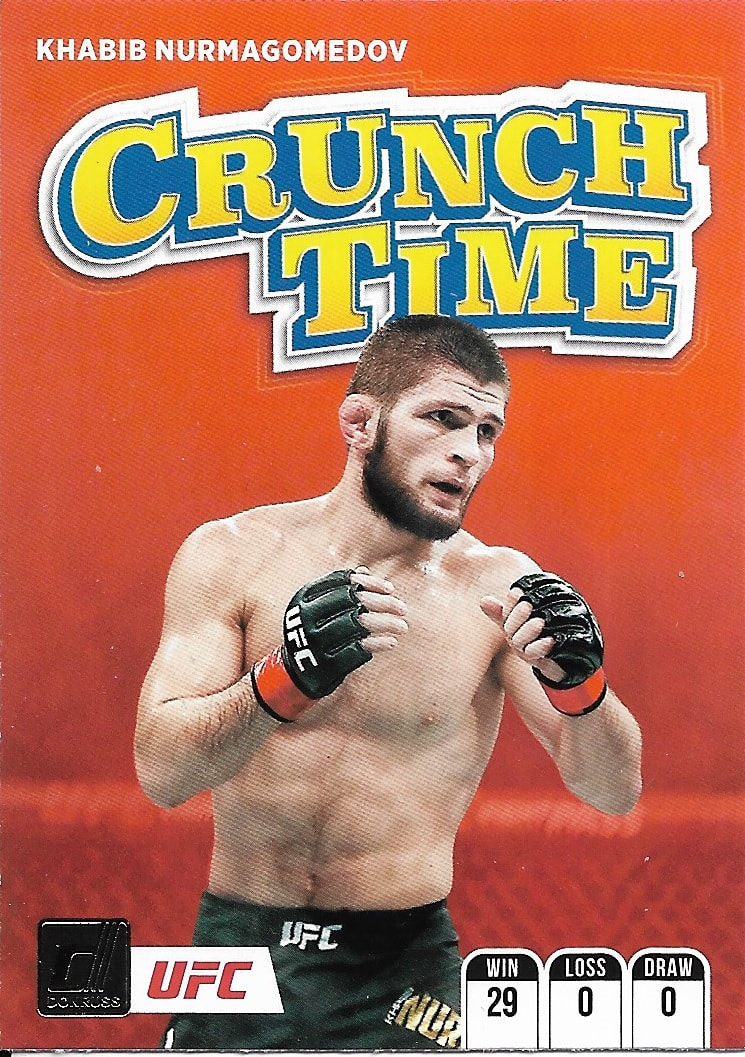
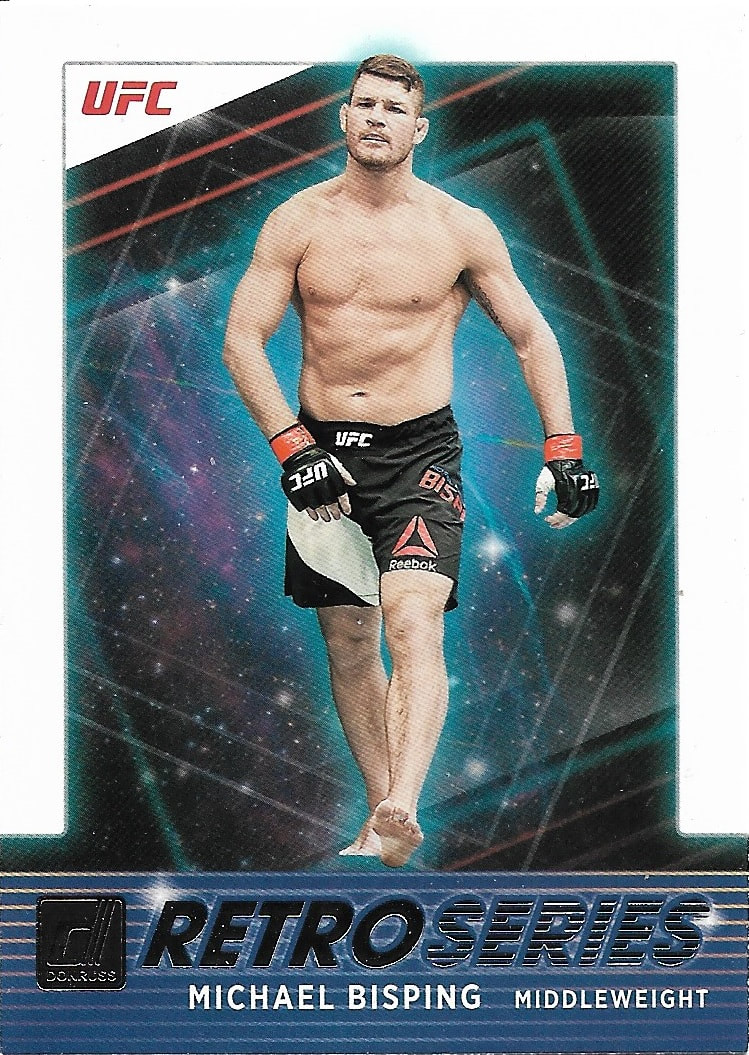
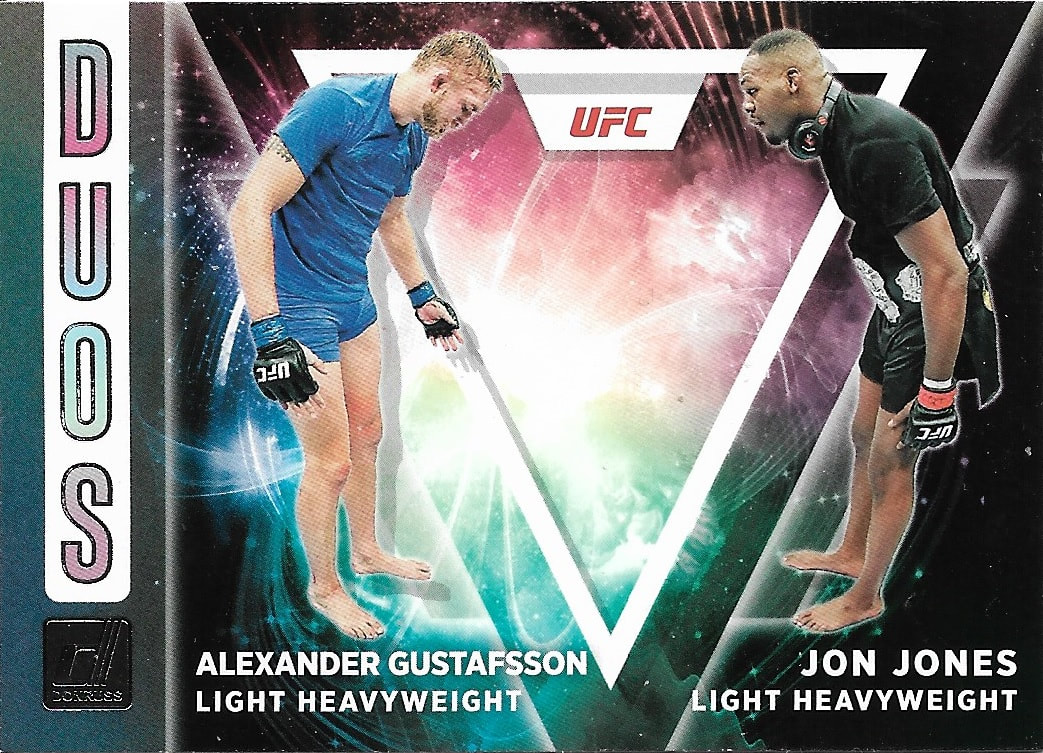
 RSS Feed
RSS Feed
